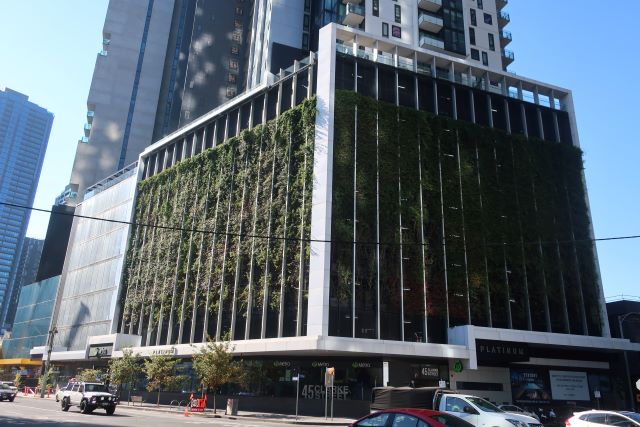
Many shades of green
You’ve seen the marketing. Of developments cascading with greenery, only to be disappointed when the greening turns out to be a pot plant – possibly a yucca – on the balcony. But the urgency and importance of urban greening means that this approach is no longer acceptable or adequate. Green roofs, walls, facades and other landscaping are critical not only for human health and wellbeing but also essential for urban cooling, biodiversity and storm water management. Rather than being an add-on ornament or decoration, the viability, health and success of these alternative greening approaches need to be as fundamental as the design of the building itself.
The greening plans put forward by developers are being subjected to close scrutiny to ensure that they will be successful not only when the building is completed but in the longer term.
The future health and viability of the greening initiatives proposed in new developments depends on the careful crafting of planning permit conditions. A planning permit is a legal agreement about the use and development of land. It may not be that it is the devil, but the seed, that is found in the detailed planning permit conditions that form part of the permitted development. Planning permit conditions may run to several pages in complex developments such as those in Fishermans Bend.
Street trees
First to the hard working trees located on the footpath or the nature strip – offering shade, stormwater processing and biodiversity services. Street trees can easily be killed during demolition and construction – even though it may not be intentional – through construction machinery, storage of building materials, reversing vehicles as well as the gantries (which might be in place for several years). The protection of street trees during construction is covered by an Australian Standard developed in 2009, AS 4970—2009. The purpose of a tree protection fence is ‘to ensure the viability of the trees adjacent to the site before, during and after construction to the satisfaction of the responsible authority’. Should a tree be approved to be removed, costs based on the value of the tree must be paid to the City of Melbourne according to its removal and amenity value.
Each tree is an asset to the City of Melbourne and is uniquely identified on the Urban Forest Visual Map. That is the starting point. The City values each tree according to a range of measures including the ecosystem services it provides. A bond, equal to the combined tree amenity and tree ecosystem services, is charged which is only released if the tree is given a clean bill of health at the completion of the development.
The city’s urban forest guardians interrogate every facet and phase that has a bearing on the tree’s health such as how frequently the arborist will visit to check on the health of the tree.
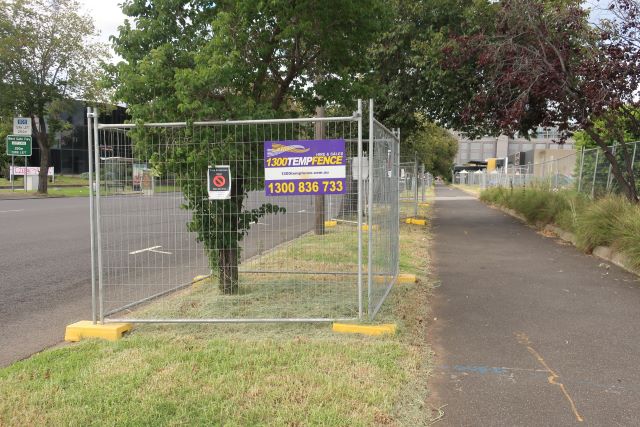
Alternative greening
The City of Melbourne actively encourages and supports other forms of green infrastructure, such as green walls, facades and roof gardens. While construction techniques are familiar, the successful implementation of alternative greening approaches is still an emerging field. To make the take up of alternative greening easier, and to offer a framework for assessing their effectiveness in achieving the objectives that accompany planning applications, the City of Melbourne has developed the Green Factor Tool in collaboration with researchers, practitioners, policymakers and designers. Use of the tool is voluntary at this stage.
The future health and viability of plants in a vertical landscape is not at all straightforward. Conditions are tough up there! Southbank by Beulah at 60 Southbank Boulevard proposes the tallest vertical garden in the world. To achieve this landscape, plants from coastal and mountainous areas will be grown in a specialised nursery. The orientation, exposure to wind and sunlight, will all be analysed and taken into account to give the plants the best chance of success.
Exploring the urban forest
It is easy to idle the day away exploring the City of Melbourne’s urban forest. I honed in to two trees I know adjacent to the development site at 850 Lorimer St. Trees 1031219 and 1031221 are Agonis, willow myrtle, a native of Western Australia. The map confirms that they are mature trees that have reached their full potential in the landscape. Boobook owls have been spotted in other willow myrtles in Port Melbourne.
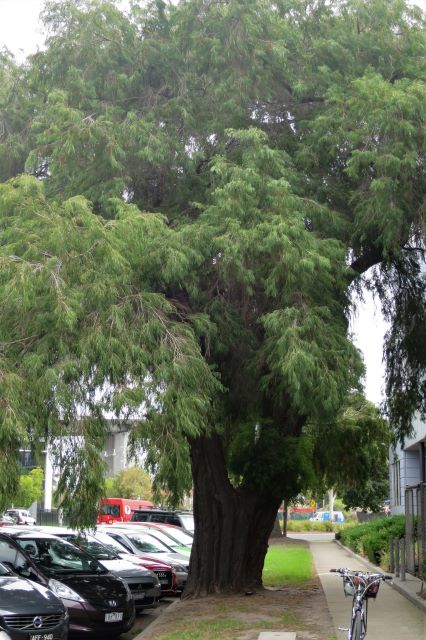
The urban forest strategy seeks to increase the diversity of the urban forest in various ways – diversity of species and of age, as well as planting trees that will cope best in a warming climate. A precinct plan for the future planting of Fishermans Bend was prepared after community workshop in 2015.
Meanwhile apartment dwellers HW and LD have found that if you plant it they will come – birds and insects that is. Bees have found their way to the flowering plants of their balcony just off City Rd, and various birds jostle in the water bath.
Explore Medibank’s green wall at 720 Bourke St, Docklands.
Reference documents
Australian Standard Protection of trees on development sites AS 4970—2009
Tree protection in the City of Melbourne
Tree valuations in the City of Melbourne
City of Melbourne Urban Forest Visual
Tallest vertical garden in the world Southbank by Beulah


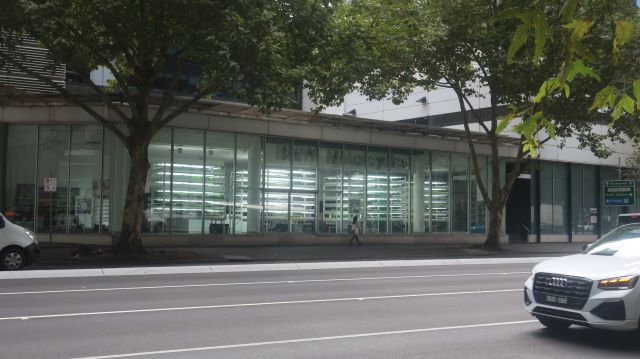
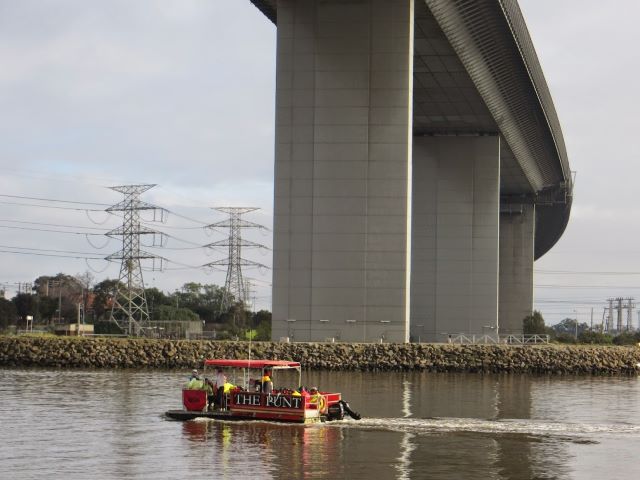
Leave a Reply